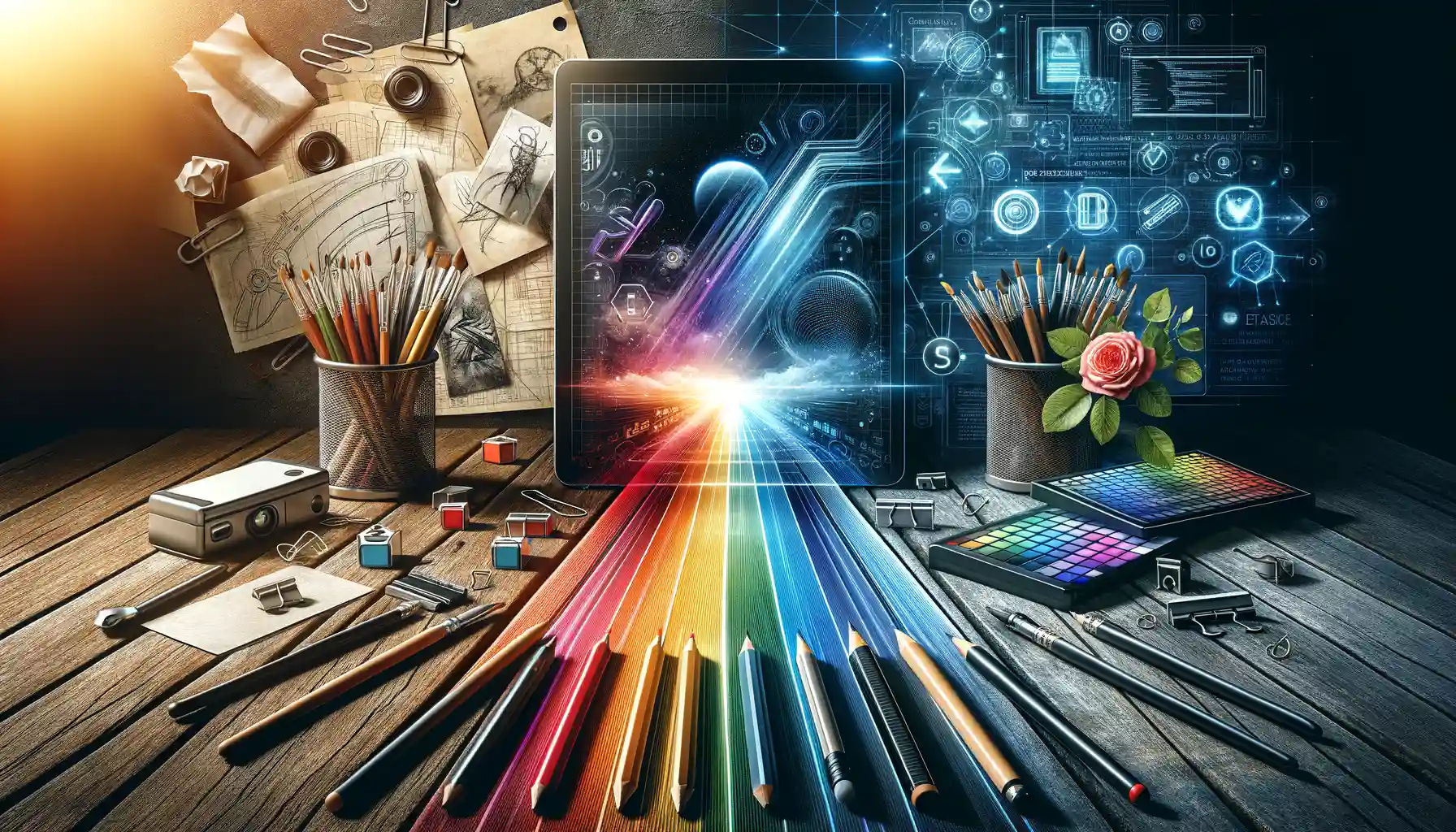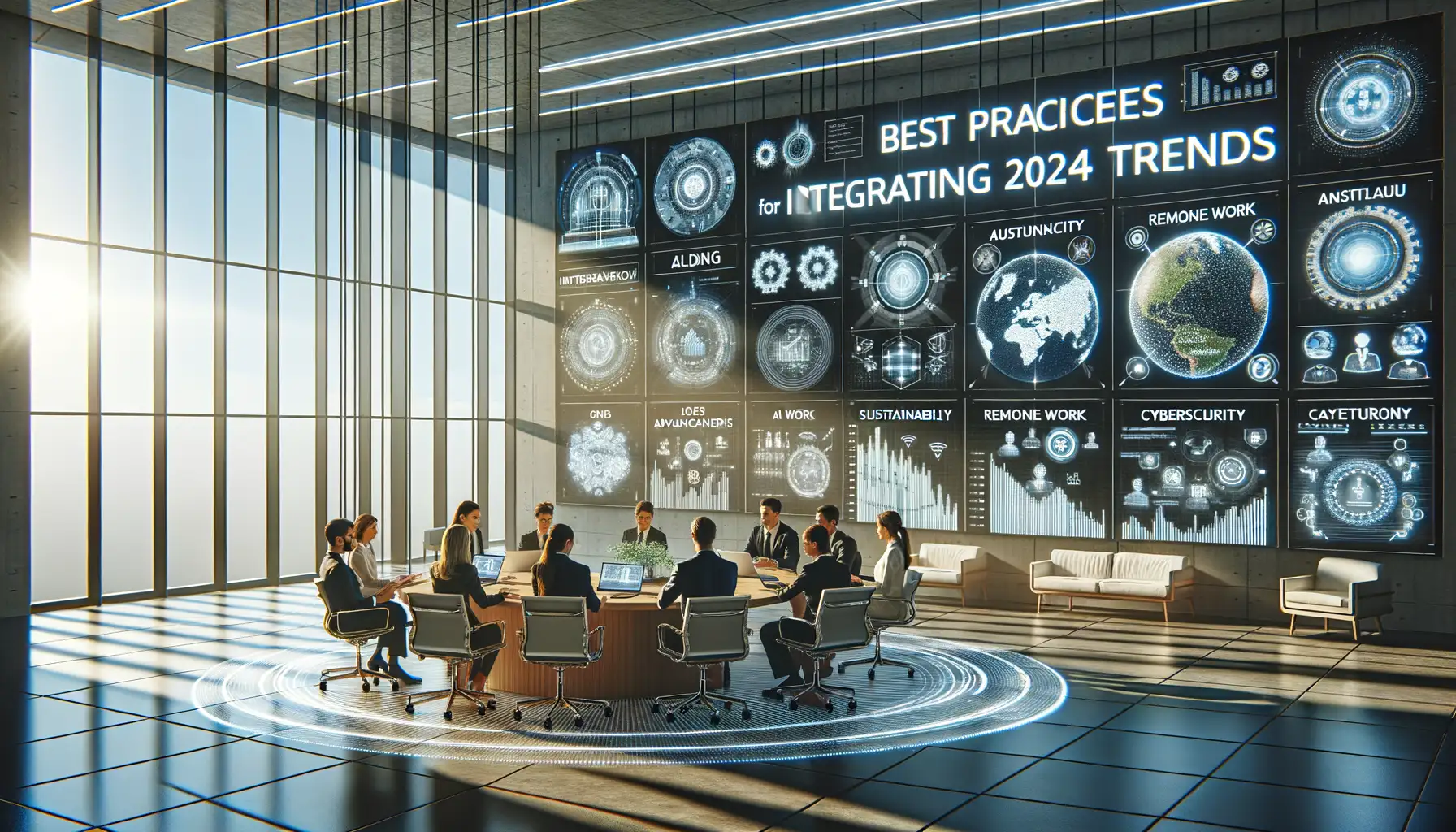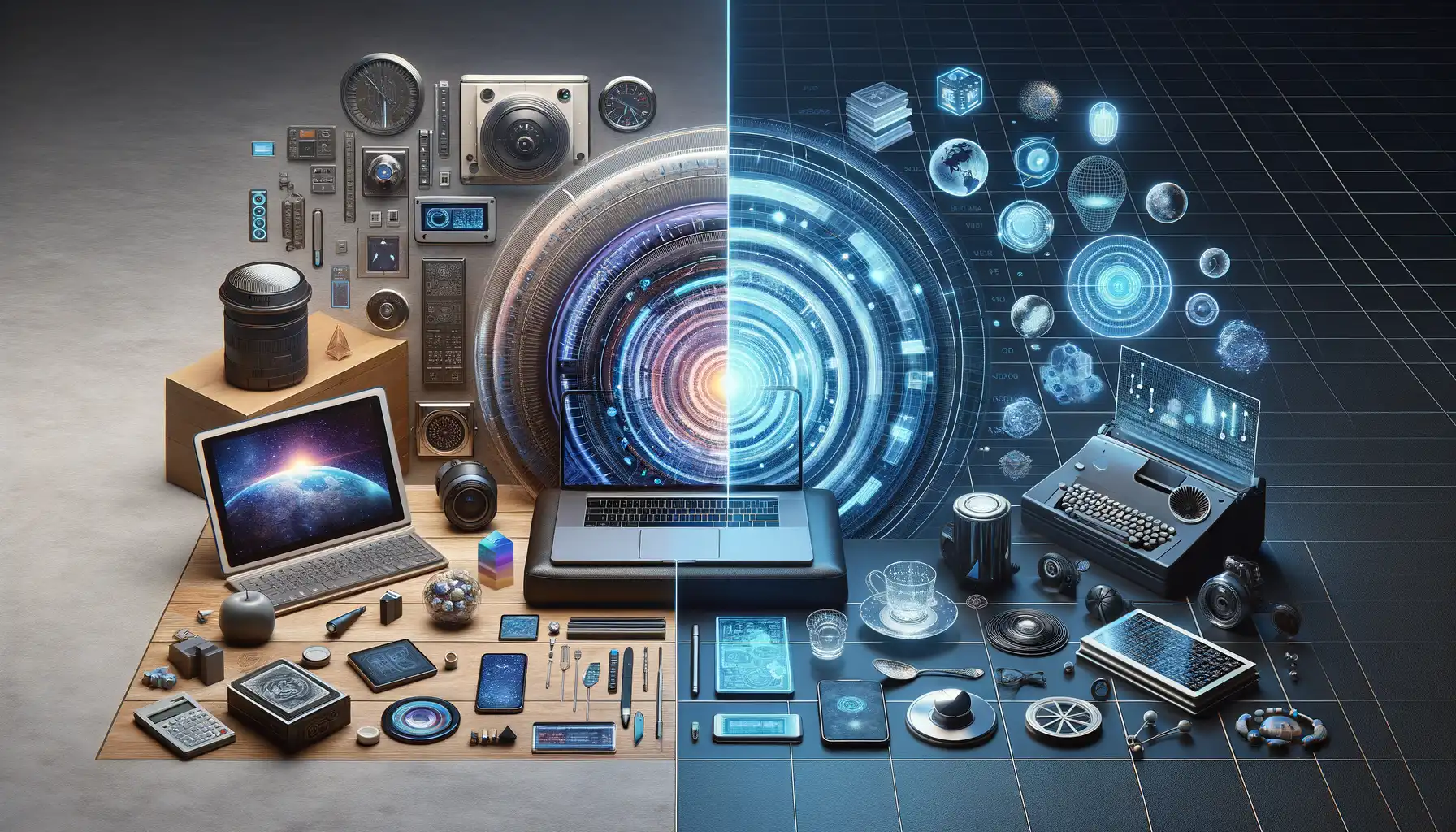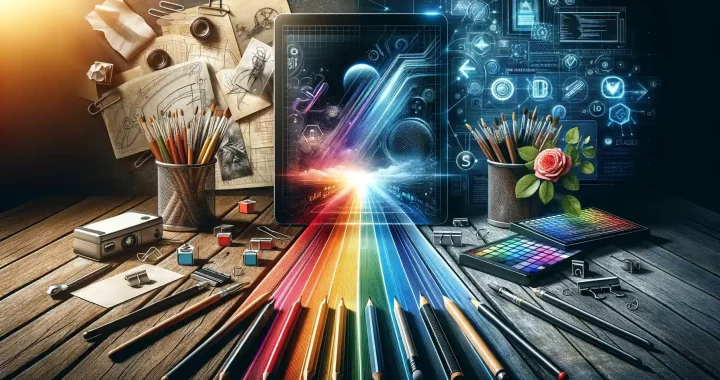Emerging Design Trends Shaping the Digital Landscape
Bold Typography and the Art of Making a Statement
Step aside, subtle fonts—2024 is all about web design that speaks *loudly*. Expect to see an explosion of bold typography, where letters leap off the screen like they’re ready to tell their own story. From oversized headers to striking typeface pairings, this trend doesn’t mince words.
Picture this: a travel blog with “Wanderlust Awaits” plastered in dynamic, oversized letters that look like they’ll take you on an adventure themselves. Bold typography serves as more than just text; it’s a visual experience, a magnet for attention. And when paired with subtle animations or vibrant backgrounds? Chef’s kiss.
- Variable fonts give brands flexibility, offering endless customizations in weight, width, and size.
- Designers are leaning into contrast—mixing elegant serifs with spunky sans-serifs to create memorable visuals.
The Rise of Immersive Microinteractions
Let’s talk about those tiny but mighty heroes of user engagement: microinteractions. These subtle animations or effects pop up when users hover, click, or scroll, transforming every action into a rewarding mini-experience.
Say you’re filling out a form, and the button does a playful “boop” when clicked, or a small confetti burst celebrates successfully subscribing to a newsletter. These details might seem minor, but collectively, they craft a more human, delightful experience.
Expect to see more inventive uses, like:
- Buttons that shift colors to mimic physical motion—think your cursor is “pressing” them down.
- Icons that morph, rotate, or shimmer, keeping users engaged without overwhelming the design.
In 2024, websites won’t just show information—they’ll respond to you, almost like they’re alive. That’s the magic of layering in personality with thoughtful interactions.
Impact of Technology on Modern Web Design

The Tech Revolution: Redefining What’s Possible
The rapid evolution of technology is like a turbocharged engine driving web design into uncharted territories. Think about it: just a few years ago, the idea of websites morphing dynamically to your preferences felt like science fiction. Now, thanks to advancements in AI-powered design tools and machine learning, personalization is no longer optional—it’s expected.
The integration of cutting-edge tech has also smashed creative barriers. Tools like Augmented Reality (AR) and 3D rendering engines are transforming mundane product pages into immersive virtual experiences. Picture yourself buying a couch: instead of guessing based on photos, AR lets you place it in your living room digitally. That’s not just convenience; that’s magic.
- AI chatbots: Interactive, natural conversations with site visitors
- Voice search optimization: Designing for hands-free browsing
- WebAssembly: Supercharging performance, making heavy graphics seamless
The Human Touch Behind Digital Brilliance
Yet, technology isn’t all wires and circuits—it’s reshaping how designers think too. Tools like Figma and Webflow are empowering creators to make pixel-perfect designs without needing a single line of code. This democratization of design is breathing new life into creativity, bridging the gap between visionaries and developers.
Key Elements Driving User Engagement

Why the Little Details Matter
In web design, it’s often the smallest touches that leave the biggest impressions. Think about the first time you visited a website that greeted you with a subtle animation—a button pulsing gently, signaling, “Click me, I’m friendly!” These aren’t just embellishments; they’re an emotional handshake between your site and its visitors.
The key lies in creating a sense of *delight* at every corner: a witty microcopy that makes someone smile, a scroll-triggered animation that feels like magic, or even a beautifully branded 404 page. These details speak to your audience on a personal level. A reminder that, yes, humans made this for them.
- Dynamic feedback: Hover effects or progress indicators show users their actions matter.
- Interactive storytelling: Why just read when users can swipe, drag, or explore?
The Power of Predicting Needs
Imagine walking into your favorite coffee shop, and they already know your order. Now, translate that experience online. Personalized content—powered by data, yes, but feeling intuitive—is what keeps users sticking around. It’s like the website understands them better than some of their friends! Think curated product recommendations or intuitive navigation menus that suggest exactly what they were looking for without effort.
The goal? Make them feel seen. When users encounter sites like this, they engage not because they have to but because they *want* to.
Best Practices for Integrating 2024 Trends

Make Trends Work for You, Not the Other Way Around
2024 is brimming with opportunities to wow your audience, but here’s the thing—they don’t just want a flashy website; they crave an experience. To get it right, focus on how these trends align with your unique brand story. For instance, are you diving into the world of AI-powered personalization? Great! But don’t stop at chatbot pop-ups. Think beyond: could predictive design guide users before they even know what they’re looking for?
Here’s a real-world example: If you’re revamping your online store, embrace the scroll-triggered animation trend. But instead of just making elements move, use motion to tell a narrative—imagine text that transforms as users scroll, symbolizing your company’s growth path or values.
- Start small: Pick one trend and run a pilot project to test its impact on user behavior.
- A/B test relentlessly: Whether it’s micro-interactions or a dark mode option, let your audience decide what resonates.
- Prioritize speed: Even the sleekest designs fail if they slow down your site. Optimize every element!
By weaving these trends seamlessly into your goals, you’ll create something not just 2024-ready but unforgettable.
Avoiding the Copy-Paste Trap
The danger with trend integration? Falling into the trap of replicating what every other website is doing. Instead, ask yourself: What makes my voice different? If you’re drawn to the rise of bold typography, don’t just slap oversized fonts on your homepage. Inject personality! Pair dynamic fonts with unexpected color gradients or interactive text reveals. Suddenly, you’re not copying—you’re innovating.
Also, don’t underestimate the power of adapting trends to your niche. A sleek glassmorphism-inspired design might look stunning, but does it reflect the warmth of your local bakery website or the heritage of your artisan crafts? Translate trends into something meaningful for your audience, and you’ll deliver more than just aesthetics—you’ll deliver connection.
Future-Proofing Your Web Design Strategy

Stay Ahead of Change with Adaptable Design Techniques
The future is unpredictable, but your web design doesn’t have to be caught off guard. Imagine building a bridge—not for today’s traffic but for tomorrow’s hovercars. That’s the essence of future-proofing your strategy. Your site needs to evolve, not just survive.
Start by embracing designs that can flex and bend with time:
- Modular design: Think of your website as a set of Lego blocks. Adaptable layouts ensure you can swap in new trends without dismantling the entire structure.
- Responsive frameworks: Mobile-first isn’t enough anymore. With wearables and AR glasses gaining momentum, your site should feel like it was made for every screen—no matter how bizarre.
Build Boldly for Tomorrow’s Technology
Here’s the kicker: future-proofing isn’t about guessing the next unicorn technology. It’s about being ready for *anything.* Consider adding scalable tech like AI-driven personalization or voice-activation-friendly interfaces. For example, let users speak their search queries directly into your beautifully designed site.
By prioritizing innovation today, you create endless possibilities for tomorrow.

